Review
The Nissan Leaf is the first battery-powered electric vehicle to arrive on the market that was designed solely as an EV.
Similar in size to a Ford Focus (or even the Toyota Prius) the Leaf, like other electric cars, qualifies for a discount off its price of £28,990.
It means it can be purchased with a transaction price of £23,990, and according to CAP Monitor, will be worth about £11,500 after three years/30,000 miles.
Fleets using the £5,000 subsidy will therefore see the Leaf retain about 46% of their original investment after three years of use.
This percentage is comparable with a typical lower-medium diesel car, although for the conventional car an on-the-road price of £17-18,000 would be more realistic.
However, the Nissan might claw back an advantage when it comes to day-to-day running costs – charging the Leaf will cost less than £2 from a standard UK electricity supply to give it a potential range of about 100 miles.
The cost of 100 miles in the best diesel or hybrid cars using petrol or diesel is more likely to be about £8.
The advantage the Leaf currently has over other electric vehicles is its bespoke nature. It was always only intended to be an electric car, rather than converted to electric from a conventional car like the Mitsubishi i-Miev.
It means there is no compromise on space – it will seat five adults and has a decent-sized boot, too.
The Leaf is available in a single well-equipped specification that includes sat-nav, rear parking camera, electric windows and mirrors, alloy wheels and electronic climate control.
The electric motor gives the Leaf 107bhp and 207lb-ft of torque. It means the Leaf feels keen on the road, perhaps even surprisingly brisk given that progress is made in near silence.
Nissan has engineered an artificial external ‘whine’ for the car, broadcast at low speeds to help alert pedestrians to its presence on the road. However, it is almost impossible to hear any noise from inside the vehicle.
Another unique feature is a facility on the satellite navigation that displays the limits of the car’s range on a map so drivers don’t plan a route that is beyond the Leaf’s reach on a single charge.
Smart phone connectivity will allow a driver to heat or cool the interior of the car via remotely via a mobile phone.
The quality of materials used inside is worthy of a car that has cost more than £20,000, and it feels well made.
For the first couple of years, sales will be governed by restricted supply, and while Nissan believes there is enough interest from fleet operators to sell every car they can get hold of to the corporate sector, the company wants to keep a 50/50 split with retail for early adopters.
The Leaf will not be suitable for everyone. Like all battery electric vehicles, it is more suited to urban use where there is no risk that its maximum range of 100 miles would be covered before it has a chance to recharge.
But it is the most convincing effort yet on the part of an electric vehicle manufacturer that these compete favourably with mainstream cars for performance, space, quality and cost.
In future there is a plan to build the Leaf at Nissan’s Sunderland plant, as well as produce lithium-ion batteries for the Leaf and other electric vehicles in the pipeline from Nissan and its alliance partner Renault.
The electric vehicle is here to stay.
Verdict
The Leaf will not be suitable for work carried out by the majority of company car drivers, but for town and city-based fleets, it should provide low operating costs and drivers will become fans of it too.

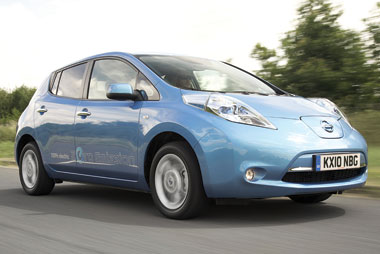
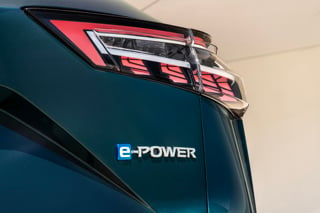
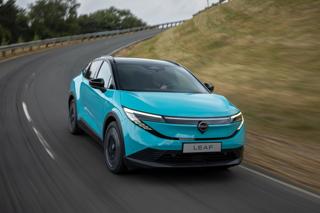

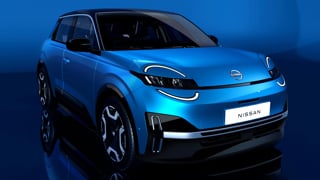









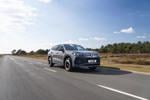



Login to comment
Comments
No comments have been made yet.